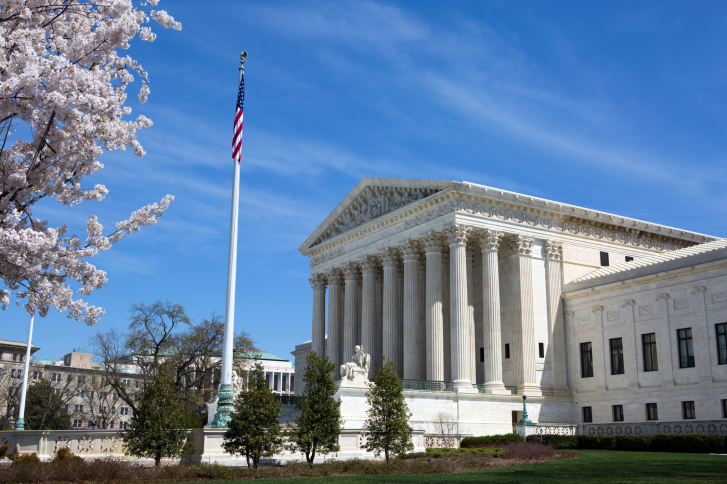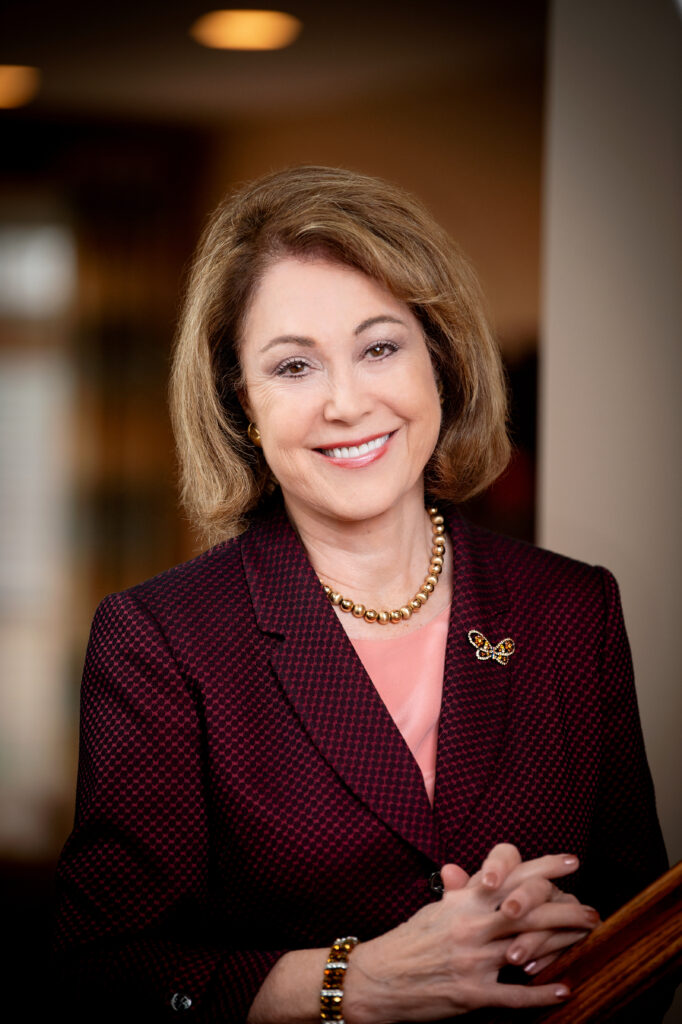With the issue of safety settled by Food and Drug Administration (FDA) approval of Gardasil–a vaccine against sexually transmitted forms of the human papillomavirus (HPV) known to cause cervical cancer–a new area of debate is emerging: Whether public school officials should administer the vaccine to students.
In July, the Los Angeles Unified School District (LAUSD) announced plans to do so when the vaccine becomes available later this year. LAUSD is the second-largest public school district in the country, serving more than 700,000 students.
An advisory committee for the federal Centers for Disease Control and Prevention (CDC) has recommended the vaccine be administered to girls at age 11 or 12, in order to reach them before they become sexually active, as well as to young women between the ages of 13 and 18.
But many people are concerned about schools requiring the HPV vaccination for school attendance, saying the decision is best left to parents. States currently have the final say over whether HPV vaccination will be required for attendance, and in Los Angeles, parental approval will be required for school-based vaccinations.
National Program
Before LAUSD’s announcement, many parents and health policy research groups believed the vaccine would be administered through private physicians or government assistance agencies. While health officials say that will still happen, the possibility of schools providing inoculations continues to be debated.
The CDC advisory committee voted to add Gardasil to its list of vaccines provided by the federal Vaccines for Children program. The program provides a series of free vaccines to poor families and is administered across the country through the CDC’s National Immunization Program.
Gardasil is given in three injections over the course of six months, at a total cost per person of $360. According to the American Cancer Society, cervical cancer kills about 3,700 women nationwide each year. HPV can cause cervical cancer as long as 15 years after being contracted.
Parental Consent
Fears that promoting Gardasil would spur adolescents to engage in sexual behavior have largely dissipated since the CDC announced its inclusion in the Vaccines for Children program. But social conservative groups have joined grassroots movements and anti-vaccine groups to fight against making Gardasil vaccination mandatory for public school attendance.
“We’re questioning whether schools should be in the business [of administering vaccines] to begin with, since they’re not responsible for primary medical care,” said Lynne Fishel, a spokesperson for the California Family Council. “We do support the use of the HPV vaccine, but only with parental consent.”
The Family Research Council, a socially conservative group in Washington, DC, has consistently supported Gardasil, along with abstinence education, as a means of protecting young girls from sexually transmitted diseases.
The leftist Planned Parenthood Federation of America and the National Organization for Women have pushed for the vaccination of all girls, citing the chance to save lives.
Access to Care
Jonathan Fielding, acting director of the Los Angeles County Health Department, said Gardasil will be administered to female students by licensed nurse practitioners at several health clinics LAUSD operates. The county currently dispenses 16 approved vaccines at no cost to qualified health care providers, including 22 school districts, 80 nonprofit community clinics, and 44 county health services sites.
The American Academy of Pediatrics (AAP), one of the nation’s most influential children’s health advocacy organizations, plans to release an official statement about Gardasil in late November.
“Our general philosophy is that the use of the vaccine is best included in medical offices where children and their families receive comprehensive care,” said Dr. Joseph Bocchini, a member of the AAP Committee on Infectious Diseases. But when children don’t have access to primary medical care, the AAP supports alternate methods for dispensing the HPV vaccine, Bocchini said.
“We need to do our best to incorporate the vaccine for children without access to primary medical care,” Bocchini said. “If in a local region the best way to get children and adolescents the vaccine is through school-based clinics, then that’s an excellent way to go.”
Gregory Brown ([email protected]) is a freelance writer in New Rochelle, New York.



